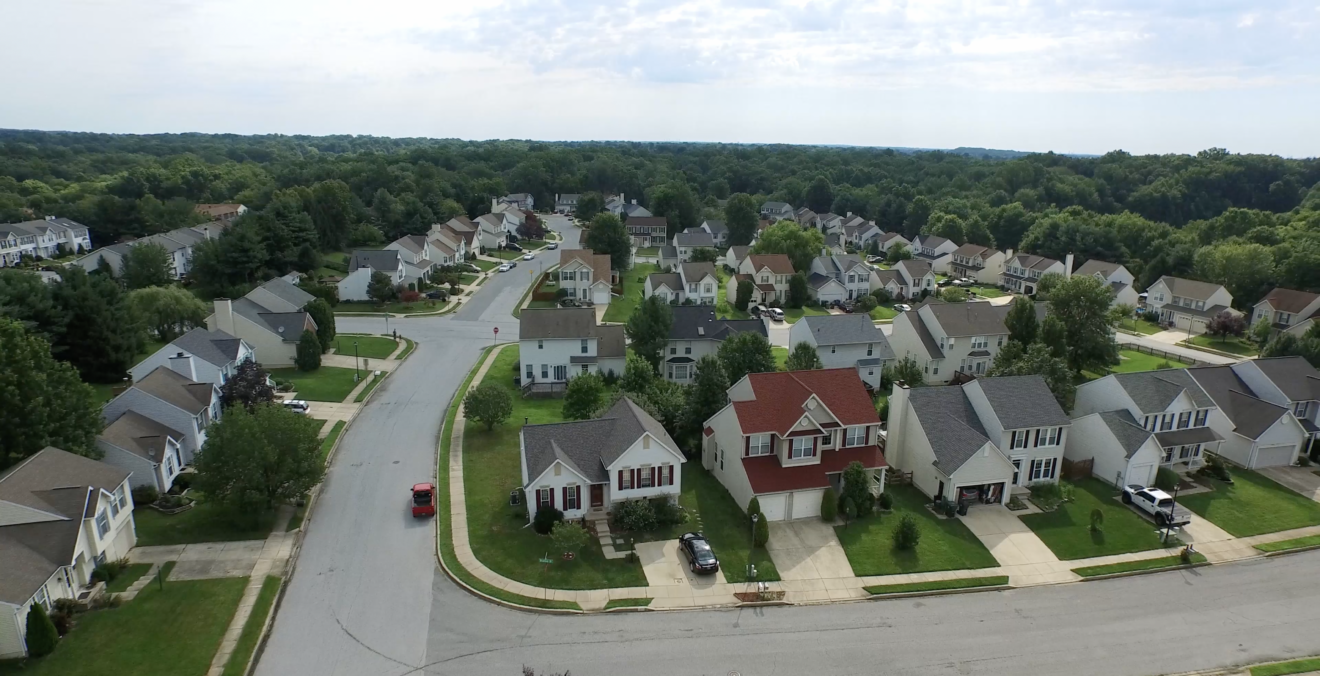This post is sponsored by Antronix.
Broadband is getting quite a bit of attention these days at the federal level, including $50 billion earmarked as part of President Joe Biden’s American Rescue Plan and $11.2 billion allocated through the Federal Communications Commission’s Rural Digital Opportunity Fund (RDOF). This means at the ground level, cable operators must deliver broadband, in part by extending the viability of legacy networks. SmartBrief connected with Antronix’s Vice President of Sales Juan Bravo to learn more about how the company’s optics line is solving last-mile connectivity for cable broadband providers as well as how their line of products and more than 40 years of expertise is helping these providers stay competitive in today’s high-demand broadband market.
Tell us about Antronix’s latest offerings in its optics line.
Our optics line is focused on extending the utility of hybrid fiber-coaxial (HFC) network architectures. Our Antronix Inverse Fiber nodes (AIFA) provide cost effective alternatives to fiber to the home (FTTH) deployments as a first stage by eliminating the need to run fiber directly to the service area. The FTTH network can be extended from any point in the nearest HFC service group to add FTTH subscribers in a phased in approach which still permits the operator to supplement a PON backbone in the future. The new AIFA models will add an EDFA option and OBI Mitigation for a wider range of possible applications along these lines.
Optical networks need greater capacity and more flexibility. How is Antronix making this possible?
By bridging the divide between FTTH xPON and Gray optics in a way that continue to leverage the extensive capacity of the DOCSIS infrastructure. We’re looking at innovative ways to implement hybrid architectures that aggregate all the density and possibility of next gen xPON solutions with all the capabilities of DOCSIS 4.0 so that operators can choose the pace of investment as they phase in PON deployments over time.
How will cable HFC networks meet the requirements of DOCSIS 4.0, particularly “last-mile,” or even “last-foot,” connectivity?
The passive devices have always been at the forefront of enabling more spectrum and therefore more net throughput over the DOCSIS standard. Our Milenium NXT and Milenium ES Taps, launching this year, provide operators with that fundamental capability that will enable next generation line amplifiers and nodes. The result is excellent end of line performance through a variety of last mile scenarios, and still achieve superior modulation rates. There’s a lot of expertise being brought to bear in this area and we’re proud to say that on the last mile passive network question, we’ve been leading much of that discussion.
The internet of the future is on the horizon, how will Antronix help cable broadband providers stay competitive when it comes to modern broadband systems?
The first thing we consider might seem counterintuitive, but it’s the performance of the legacy infrastructure. DOCSIS and the evolution of spectrum utilization in cable has followed a very linear path since the standard was introduced and was highly successful in transforming cable from a community video content service to the most vital data pipe for residential consumers. That path has always involved extending spectrum and increasing the spectral density with higher modulation orders, bonding of channels and other means to improve the spectral output. Bottom line is that carrying over the legacy band has always been key to the advancement and the growth story. So we, of course, always keep that in mind and its reflected in our products. Our Milenium NXT Tap for example, is a full spectrum 2.0 GHz capable product that can be expanded later via a retrofit faceplate to operate out to 3 GHz. Importantly, the product not only offers excellent performance above 1218 MHz, it also offers industry leading performance below 1218 MHz, so the operator doesn’t need to sacrifice legacy band performance to implement DOCSIS 4.0. This is perhaps a little appreciated challenge of engineering that we believe we do better than the rest. There’s also the fact that we’ve accumulated real expertise in this area over the 40 years we’ve been making taps, so the intangibles of having a dedicated and extremely capable partner we believe should give operators confidence to forge out into higher spectrum applications knowing they have companies like ours to support them on that journey.
See the full suite of Antronix optic devices, here.
Juan Bravo is the vice president of sales at Antronix, the market leading manufacturer and supplier of broadband equipment to the cable industry. Juan leads the company’s national sales and new market initiatives, and shares responsibility over product development programs.
